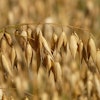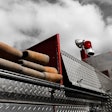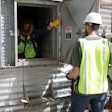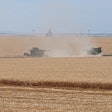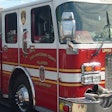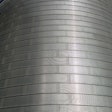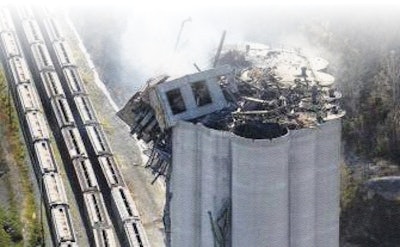
The latest annual report from Purdue University’s Department of Agricultural and Biological Engineering says there was an increase in grain dust explosions reported nationally at grain handling, feed manufacturing and biofuel facilities in 2018. Resulting injuries and fatalities, however, were down from the previous year.
2018年有12粮食粉尘爆炸进行了ed to seven the previous year with a 10-year average of 8.4 incidents annually, says Kingsly Ambrose, an associate professor of agricultural and biological engineering and the report’s lead author.
One fatality and four injuries were attributed to the 2018 explosions, compared to five deaths and 12 injuries in 2017.
Facilities at which the explosions occurred included two feed mills, two ethanol plants and eight grain elevators.
Ambrose says many of the 2018 incidents were relatively minor and the higher number of incidents could likely be tied to an increase in grain production and handling. Still, it’s important to take preventive measures that can dramatically decrease the likelihood of grain dust explosions, he says.
“Grain dust acts as a fuel for these explosions, and all it takes is a small spark for ignition to occur,” Ambrose says. “That’s why it’s critical to keep the facility clean, make sure employees and contract workers are properly trained, and ensure that equipment is properly maintained and in good working order.”
In last year’s explosions, the probable ignition source in three cases was hot machine bearings and sparks. In nine cases, the source could not be confirmed. Grain dust was positively identified as the fuel source in three of the explosions.
Illinois and Iowa each reported two explosions last year, while Indiana, Kansas, Louisiana, Minnesota, Nebraska, Oklahoma and Texas each reported a single incident.
The year’s sole fatality, along with one injury, occurred during a Nebraska grain elevator explosion. The remaining injuries in 2018 occurred at grain elevator explosions in Iowa and Kansas.
Ambrose’s group has been collecting data related to U.S. grain dust explosions since 2012.

